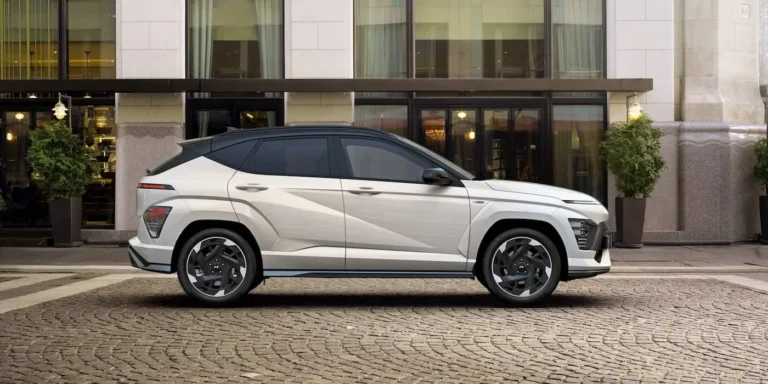Introduction
In a groundbreaking collaboration, we partnered with Polestar to participate in the prestigious 2025 Mille Miglia Green, a unique endurance race that emphasizes sustainability and electric mobility. This iconic event not only tests the mettle of drivers and their vehicles but also serves as a platform to explore the energy efficiency of electric cars over long distances. In this article, we delve into the energy consumption data gathered during the race, providing insights into how electric vehicles (EVs) perform under challenging conditions.
The Mille Miglia Green: A Race with a Purpose
The Mille Miglia is renowned for its rich history and picturesque routes across Italy, and its Green edition focuses on environmentally friendly practices. Participants are challenged to complete the 1,242-mile journey while adhering to strict emissions standards. This year, the race featured a fleet of electric vehicles, showcasing the latest advancements in EV technology.
Understanding Energy Consumption
The key question for many EV enthusiasts and potential buyers is: how much energy does it truly take to drive long distances with an electric car? Through our experience in the Mille Miglia Green, we aimed to answer this question by closely monitoring the energy consumption of the Polestar vehicles throughout the race.
Data Collection and Analysis
During the race, we collected detailed data on energy usage, including battery levels, charging times, and overall efficiency. This information was critical in understanding how various factors, such as driving speed, terrain, and weather conditions, influenced energy consumption.
Key Factors Affecting Energy Consumption
- Driving Speed: Higher speeds typically lead to increased energy consumption due to higher aerodynamic drag.
- Terrain: Hilly landscapes require more energy for ascent, while descents can recuperate some energy through regenerative braking.
- Weather Conditions: Cold weather can reduce battery efficiency, impacting overall range.
Performance Insights from the Polestar Vehicles
Throughout the Mille Miglia Green, the Polestar vehicles demonstrated impressive energy efficiency. On average, our data revealed that the cars consumed approximately 0.25 kWh per mile, amounting to about 310 kWh for the entire race. This level of efficiency is a testament to the advancements in battery technology and vehicle aerodynamics.
Comparative Analysis with Traditional Vehicles
To put this in perspective, traditional gasoline vehicles typically consume around 30 miles per gallon (mpg). For a 1,242-mile journey, this would require approximately 41.4 gallons of fuel, equating to about 1,663 kWh of energy. Hence, the Polestar EVs showcased a significant reduction in energy consumption compared to their gasoline counterparts.
Challenges Faced During the Race
Despite the impressive performance, the race was not without its challenges. Charging infrastructure, weather unpredictability, and the need for strategic energy management were all critical considerations for participants. Understanding how to effectively manage energy consumption was essential to successfully completing the race.
Strategic Charging Stops
Strategic planning of charging stops was vital for ensuring that the vehicles maintained enough battery life to reach the finish line. Participants had to balance speed and efficiency while making necessary stops at charging stations along the route.
Conclusion
The 2025 Mille Miglia Green provided invaluable insights into the energy consumption of electric vehicles during long-distance travel. Our partnership with Polestar not only highlighted the potential of EVs in endurance racing but also emphasized the importance of developing efficient charging infrastructure to support the growing EV market. As technology continues to evolve, the future looks promising for electric mobility, paving the way for more sustainable transportation solutions.

